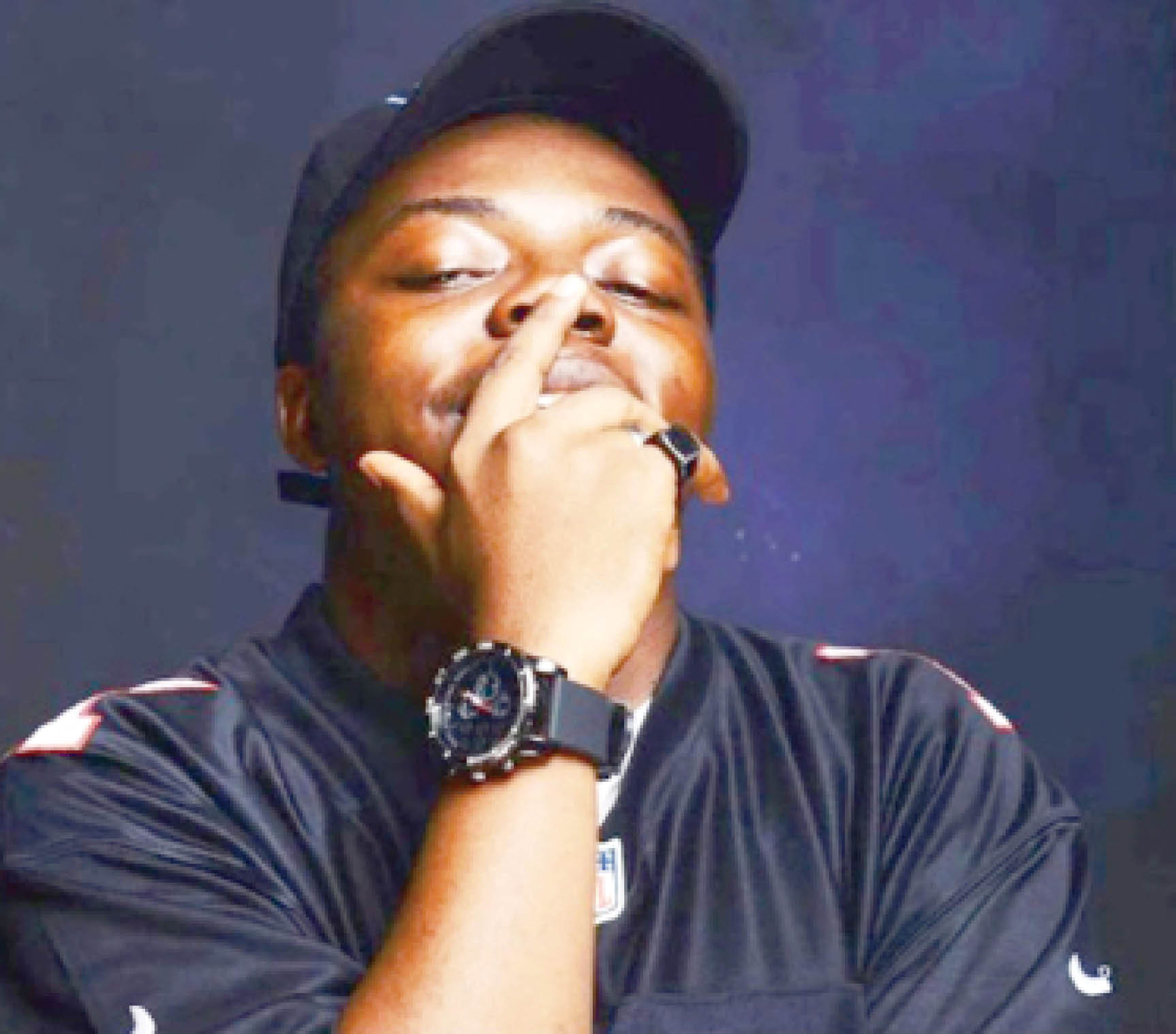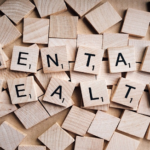Nigerian multidisciplinary digital artist Timi Nathus aka NAZQUIAT shares his #Afrotroves NFT collection and explains it as “Each NFT was made from sacred artifacts that were previously stolen and haven’t set foot in Africa hundreds of years.” Nathus and a cohort of digital artists are reclaiming the images and stories that were stolen, and instead using them to empower and inform his own communities. By breaking the mold of traditional art and storytelling, Nathus’ decision to establish this collection as a series of NFTS is shifting the power struggle and encourages the celebrations of the old and new. Nathus speaks about failing your way into your destiny, the joy of expressing yourself through your own art, and the much-needed perspective shift on digital art and media.
Describe your background as an artist and the journey you’ve taken to get it to where it is today
I was an artistic child, but my journey as a digital artist officially started in 2013, while I was in university. I really struggled academically – one semester into my second year, I tried my best but always struggled to perform. So, I decided to learn how to make beats and then became sort of a sound engineer. I came across design software and started watching tutorials online, practicing & posting my work on Facebook and Instagram — at the time, that was just me expressing myself. This also led me into becoming a creative professional, learning skills like graphic design, animation, video editing, and art/creative directing. These skills provided an opportunity to make a living for myself. I was doing all that to pay the bills and have a career, but if I had my way back then, I’d have preferred to focus on making digital art. This was because it gave me great joy and a sense of self-worth; being able to create something that people could love and connect with. In late 2020, I first heard about NFTs from a YouTube channel about Tech that I watch weekly. It was a really interesting concept for me, but I didn’t dive into that immediately. I was occupied with a lot of things at the time, and because I didn’t know any other person who made NFTs, I was in doubt about how I could be successful in this “NFT” world, so I put it on the back burner of my mind as something I was going to come back to. I took the leap of faith in early 2021, and here we are today talking to each other. I stayed committed to that because it’s an awesome feeling to finally make a living from telling my own stories. Because in my experience working in the commercial setting, artists are constantly telling stories of others even if the message isn’t true, but it’s what we do. Constantly helping cooperation push their messages across can kill the true creative spark in some of us. No artist should ever feel voiceless.
- PDP, APC are the problem of Nigeria – SDP Presidential Candidate
- Obasanjo to youths: Don’t leave Nigeria to those messing it up

What are the central themes in your work?
The central themes in my work often come from two different branches of my mind. The first branch is my introspection on the nuances of human relationships & emotions. I’m always trying to better understand myself and all that surrounds me, and I think my work reflects that. The second branch is about finding love within myself and my identity as a man; a Black man, about cherishing my heritage. It’s my experiences and willingness to evolve, my pain, my dreams, my pride, my fears, and what that even means in today’s world. These are the main themes that you will find in my work.
You’ve dabbled with a variety of mediums, which one is most comfortable for you?
It’s all about what mediums would be best to communicate my message of the day. From an artistic standpoint, I rarely see these mediums as different. But we live in a material world, and finances influence my medium choices from time to time. For instance, it’s a lot easier to just fire up my laptop, run software, and start designing than, say, photography, where I’d have to book a model, maybe get a stylist to contribute their expertise, find a location, or worry about location permits. All that costs money sometimes. So, maybe the right answer is digital arts.
How has the pandemic affected you creatively?
The pandemic actually allowed me to slow down and become more introspective. I would say I did a lot of growing up during that period, and I feel like that reflects in my art and personal life. I was able to gain closure with a lot of things – grow, forgive, and dream.
Can you talk about your use of colours and accessories in your art?
As someone who has worked as a graphic designer, I can say that colours have their own language. They speak to us without us having to hear, but we feel and understand them. So, my use of colour depends on what I’m trying to say or the project itself. I want people to feel what I’m feeling or want them to feel. I want them to understand me before they know they do.
What inspired you to delve into the world of NFTs?
The observation made over time that digital arts haven’t really been given the respect it deserves. And that’s sad because we all interact with digital art every day. We see digital art in our movies, music videos, magazine covers, billboards, books, mobile phones… etc. Digital artistry has been all around us, but for a long time and even today to a great extent, traditional art has been branded as more credible & prestigious. I remember trying to get my art into some galleries in Lagos and Abuja, and them saying that “that’s not real art” because, in their minds, art had to be physical. It had to be made with paint, paper, wood, or clay. But in actuality, art, irrespective of medium, should be seen as the same. The process of creating anything is all the same; it takes skill, it takes time. It takes lots of love and input from your soul; it takes being inspired by the world around you.
culled from okayafrica.com

 Join Daily Trust WhatsApp Community For Quick Access To News and Happenings Around You.
Join Daily Trust WhatsApp Community For Quick Access To News and Happenings Around You.


